NO OBLIGATION
Your Journey to a Beautiful Home Starts at Sunshine Drapery
Receive a complimentary professional in-home design consultation today!
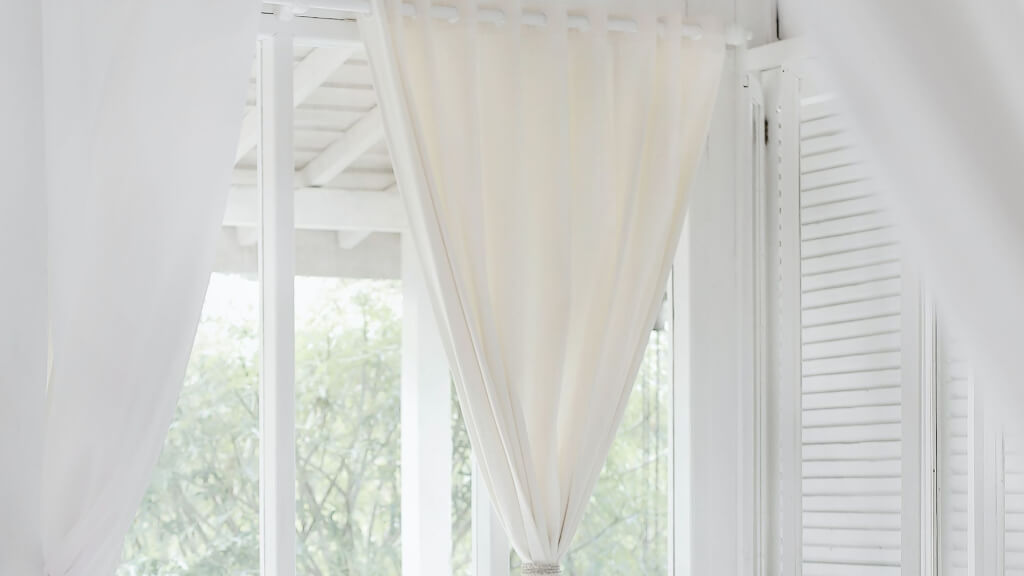
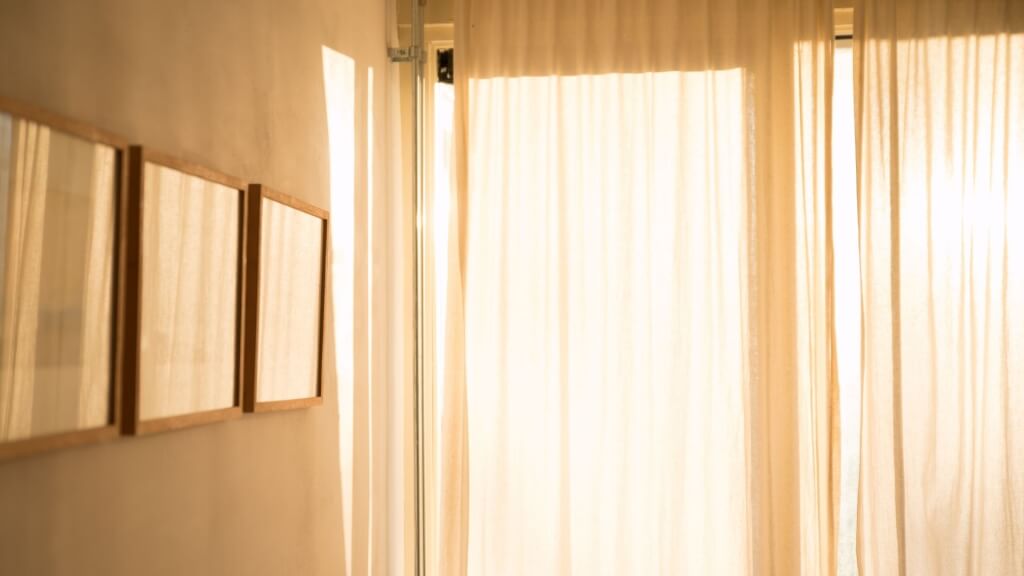
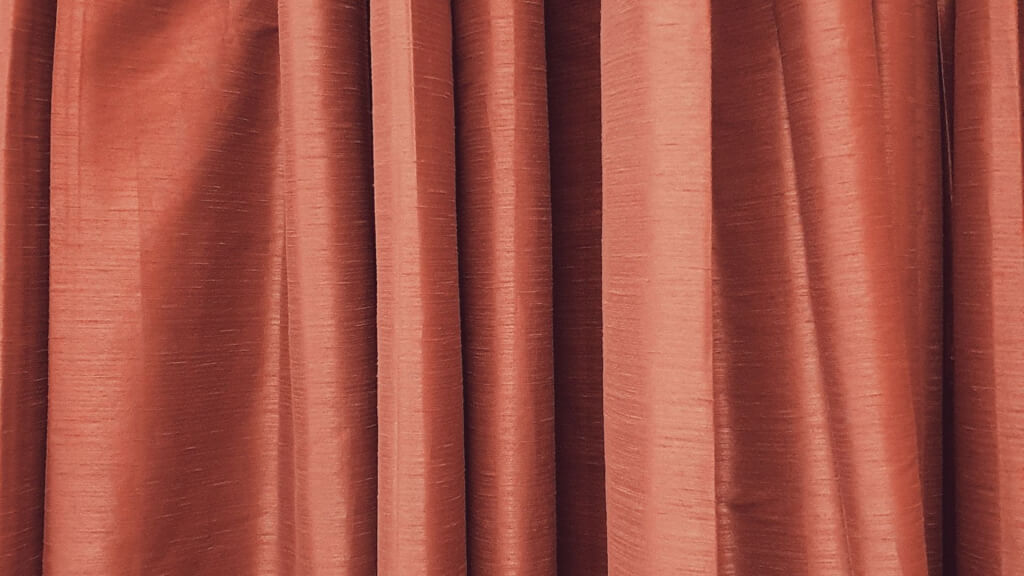
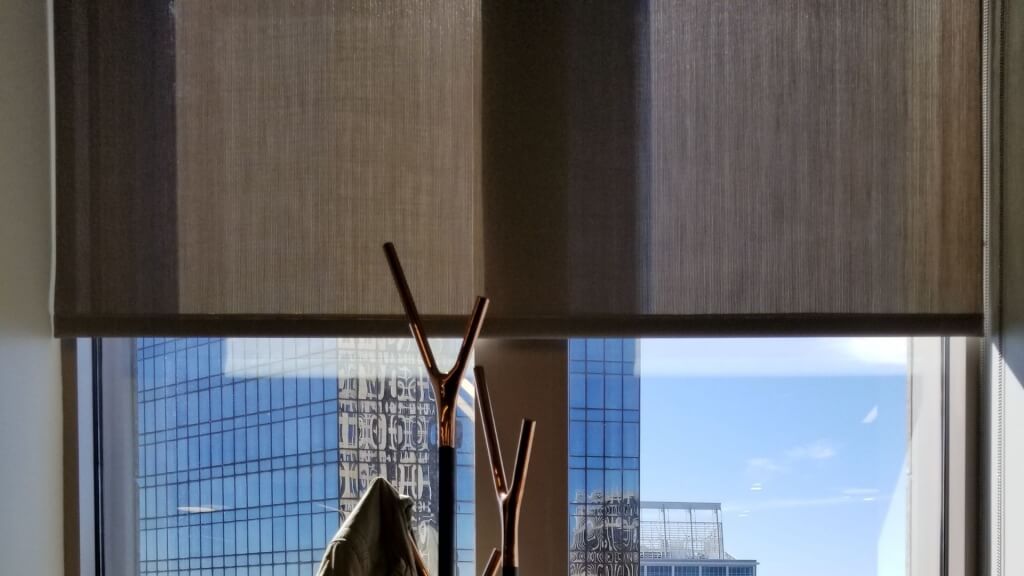
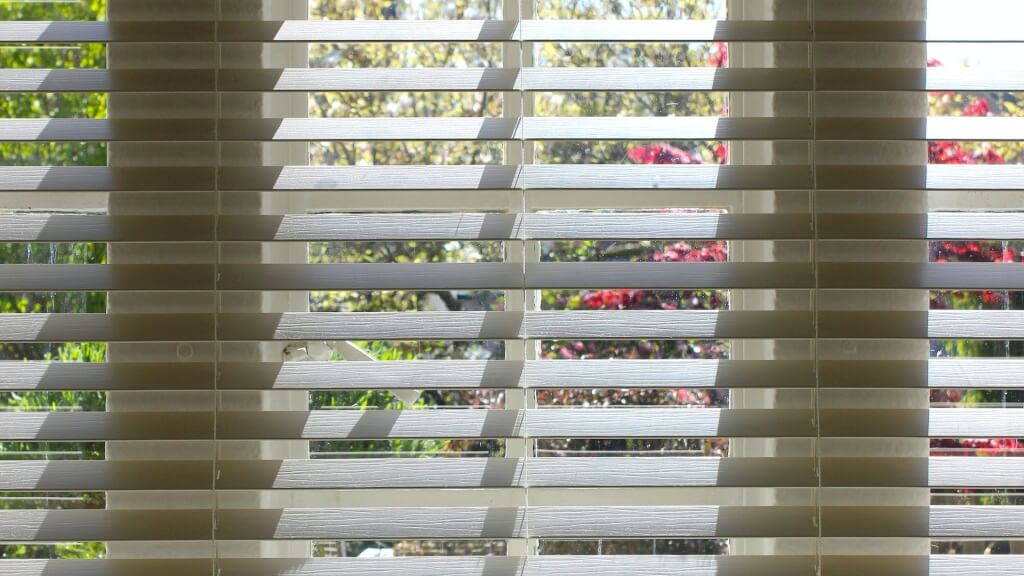
)
Receive a complimentary professional in-home design consultation today!